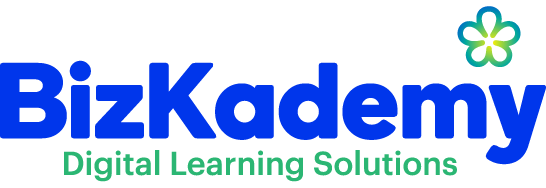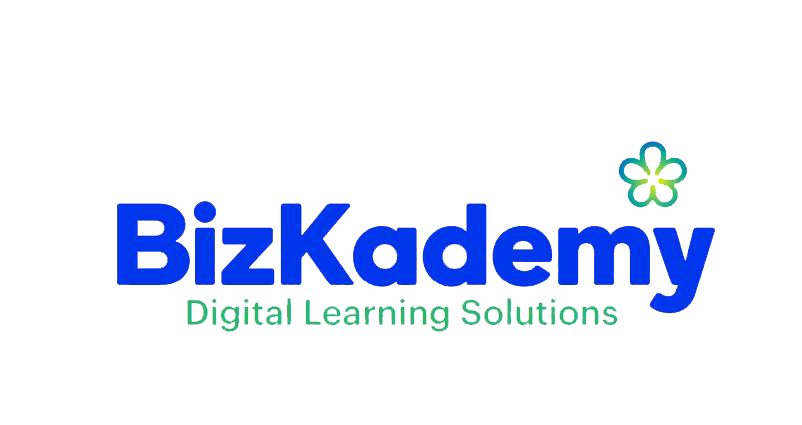In the ever-evolving landscape of education, the debate between e-learning and traditional learning continues to spark discussion. Each approach has its strengths and weaknesses, and the choice between them often depends on factors like learning style, subject matter, and individual circumstances. We’ll explore the pros and cons of both e-learning and traditional learning, providing insights to help you make an informed decision.
Understanding Traditional Learning
Traditional learning refers to the conventional model of education, where students attend classes in person, typically in a school or university setting. This method has been the cornerstone of education for centuries, with its roots deeply embedded in the physical presence of both teachers and students.
Pros of Traditional Learning:
- Face-to-Face Interaction: One of the most significant advantages of traditional learning is the opportunity for direct interaction with instructors and peers. This can foster a sense of community, encourage collaboration, and provide immediate feedback, which is often critical for understanding complex concepts.
- Structured Environment: Traditional learning environments offer a structured setting, which can be beneficial for students who thrive under routine and discipline. The fixed schedules and physical presence in a classroom can help students stay focused and motivated.
- Hands-On Learning: For subjects that require practical, hands-on experience, such as laboratory sciences, art, or engineering, traditional learning provides access to resources and equipment that may not be available online.
- Extracurricular Activities: Schools and universities offer a range of extracurricular activities, from sports to clubs, which can enhance personal development and provide valuable life skills.
Cons of Traditional Learning:
- Limited Flexibility: Traditional learning often requires students to follow a fixed schedule and attend classes at specific locations, which can be challenging for those with other commitments, such as work, family responsibilities, or external factors like weather or travel constraints.
- Higher Costs: Enrolling in a physical school or university can be costly due to expenses such as tuition fees, commuting, accommodation, and textbooks. These high costs can make traditional education less accessible for some students.
- One-Size-Fits-All Approach: Traditional education typically follows a standardized curriculum that may not accommodate the varied learning styles and speeds of individual students. As a result, some students might struggle to keep up, while others may not feel adequately challenged.
- Geographical Constraints: Students living in remote or rural areas often face limited access to quality educational institutions, making it challenging to pursue traditional learning opportunities.

Exploring E-Learning
E-learning refers to education delivered through digital platforms, allowing students to access courses and materials online. This approach has gained significant traction, especially in recent years, due to advancements in technology and the growing need for flexible learning options.
Pros of E-Learning:
- Flexibility and Convenience: E-learning offers unparalleled flexibility, allowing students to learn at their own pace and on their own schedule. This is particularly beneficial for working professionals, parents, or anyone with a busy lifestyle.
- Cost-Effective: E-learning often comes with lower costs compared to traditional learning. There are no commuting expenses, and many online courses are more affordable or even free. Additionally, digital textbooks and resources can reduce the need for costly physical materials.
- Wide Range of Courses: The internet provides access to a vast array of courses from institutions around the world. Whether you’re interested in learning a new language, mastering a specific skill, or pursuing a degree, e-learning platforms offer a multitude of options.
- Personalized Learning: E-learning allows for a more personalized approach to education. Students can choose courses that align with their interests, skip content they already know, and revisit challenging material as needed. Adaptive learning technologies further enhance this by tailoring the learning experience to individual needs.
Cons of E-Learning:
- Lack of Social Interaction: One of the main drawbacks of e-learning is the absence of face-to-face interaction with instructors and peers. This can lead to feelings of isolation and make it harder to engage in collaborative learning.
- Self-Discipline Required: E-learning demands a high level of self-motivation and discipline. Without a structured environment, students may struggle to stay on track, leading to procrastination or incomplete coursework.
- Technical Challenges: Access to reliable internet and suitable devices is essential for e-learning. Students in areas with poor connectivity or those without access to necessary technology may face significant barriers to online education.
- Limited Practical Experience: For subjects that require hands-on practice, e-learning can be limiting. While virtual simulations and labs are available for some disciplines, they may not fully replicate the experience of working with physical materials or equipment.
The Hybrid Approach: A Balanced Solution?
In response to the limitations of both traditional and e-learning, many educational institutions are adopting a hybrid approach. This model combines the best of both worlds, offering a blend of online and in-person instruction. Hybrid learning provides the flexibility and accessibility of e-learning while maintaining the social interaction and hands-on experience of traditional learning.
Conclusion
The choice between e-learning and traditional learning is not a one-size-fits-all decision. Each method has its unique advantages and disadvantages, and the right choice depends on your personal circumstances, learning preferences, and educational goals. By understanding the pros and cons of both approaches, you can make an informed decision that best suits your needs.
In a world where education is rapidly evolving, it’s important to remain adaptable and open to new ways of learning. Whether you choose e-learning, traditional learning, or a hybrid approach, the key is to stay committed to your educational journey and continue growing both personally and professionally.





